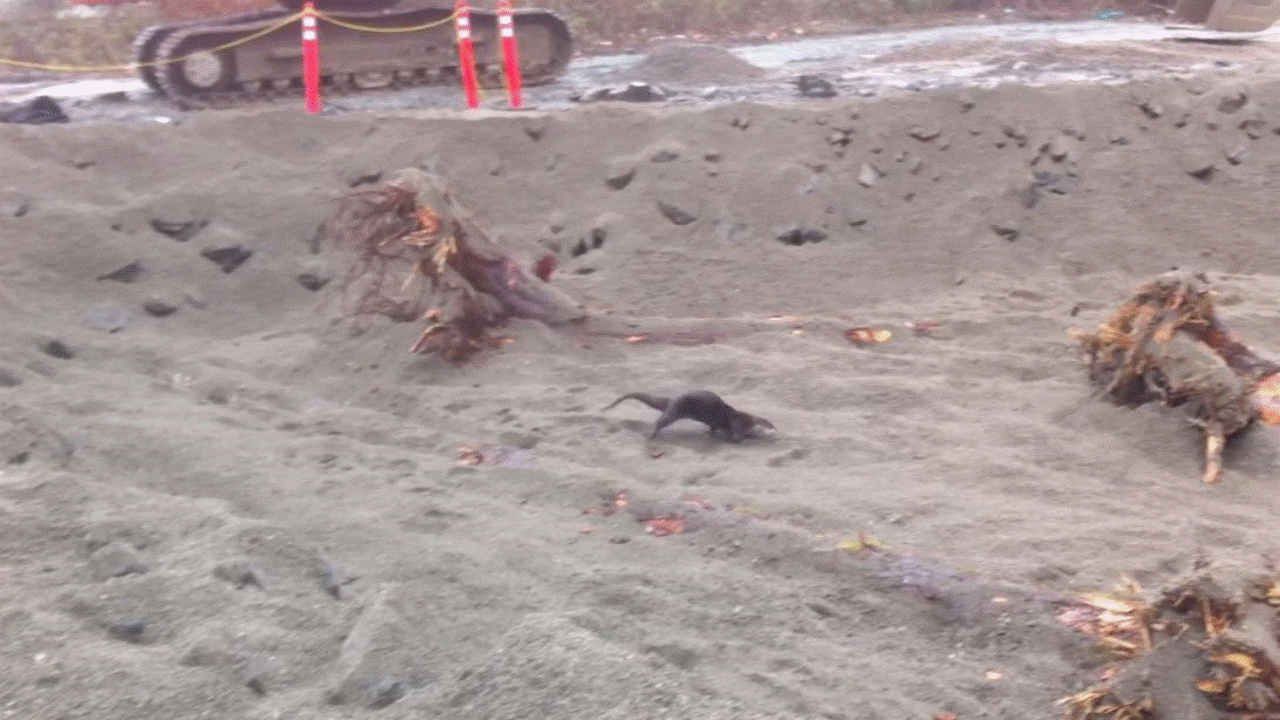Lower Duwamish Waterway Superfund Site
Slip 4 EAA Sediment Remediation Project Construction Oversight
The City of Seattle (City) completed a Non-Time Critical Removal Action to address contaminated sediment at the Slip 4 Early Action Area (EAA), one of five priority early action sites within the 5.5-mile long Lower Duwamish Waterway (LDW) Superfund site. Approximately 3.5 acres of sediment within the slip were contaminated with polychlorinated biphenyls (PCBs), along with metals, organic compounds, and petroleum products.
Lally Consulting LLC (LLC) served as the Construction Oversight Manager and Quality Assurance Officer for the City on the Project under subcontract to Integral Consulting Inc.
The primary project components included dredging and offsite disposal of contaminated nearshore soil, sediment, and debris; placement of capping materials; demolition of a large pier structure; and habitat improvements along the riverbank and intertidal areas. The primary objective of the Slip 4 removal action was to reduce the concentrations of PCBs and other chemicals in the post-cleanup surface sediments to below the Washington State Sediment Quality Standards (SQS).
Completed in February 2012, the primary objective of this Non-Time Critical Removal Action (NTCRA) was to reduce the concentration of PCBs and other contaminants of concern in the post-cleanup surface sediments to meet Washington State Sediment Quality Standards (SQS).
The work included;
- Demolition over 20,000 sq. ft. of reinforced concrete pier structures, with over 3,200 tons of concrete and steel separated and recycled.
- Dredging and bank excavation, transloading, transportation and Subtitle D landfill disposal of over 17,000 tons of PCB-contaminated sediments and soils, including 130 tons of creosote timbers and piles.
- Construction of stable slopes, sediment caps, and slope caps over 3.4 acres with placement of 53,000 tons of clean imported materials, including activated carbon amendments.
- Construction of engineered soil covers, including large woody debris (LWD) and other habitat components.
In addition, a cross-channel sill was placed near the slip entrance in order to prevent contaminant migration outside the project boundary during construction.
Lally was responsible for;
- Providing day-to-day oversight and management of all construction activities to ensure conformance with contract documents and environmental permits,
- Conducting meetings with site personnel covering the requirements of the contract documents and Contractor’s quality control procedures,
- Resolving nonconformances, and
- Overseeing consultant water quality monitoring and sediment sampling field activities.
The project was successful in meeting its cleanup objectives, and long-term monitoring has thus far determined that the sediment and slope caps throughout the Slip 4 EAA are performing as designed, isolating underlying contaminated sediments. To ensure this remains the case, U.S. Coast Guard established a regulated navigation area (RNA) to protect the riverbed in the Slip 4 EAA by prohibiting activities that could disrupt the integrity of the engineered sediment and slope caps, including vessel groundings, anchoring or spudding down.
The project is an excellent example of Integrated Remediation and Ecosystem Restoration, through it’s introduction of several habitat elements including gravel gradations, thalweg meanders, and large woody debris that promote fish and wildlife use. The project resulted in a net gain of over an acre of new shallow and riparian habitat for several endangered salmonid species.

During a final completion inspection with USEPA Region 10, as if on cue, a local North American River Otter (Lontra canadensis) demonstrated its approval of the Slip 4 EEA cleanup and new habitat conditions.
Services Provided
Construction Oversight
Construction Quality Assurance
Oversight of Water Quality Monitoring and Sediment Sampling
Conduct Meetings with Contractors, Site Personnel and USEPA
Resolving Nonconformances
Location
Seattle, Washington
Period
2011 – 2012